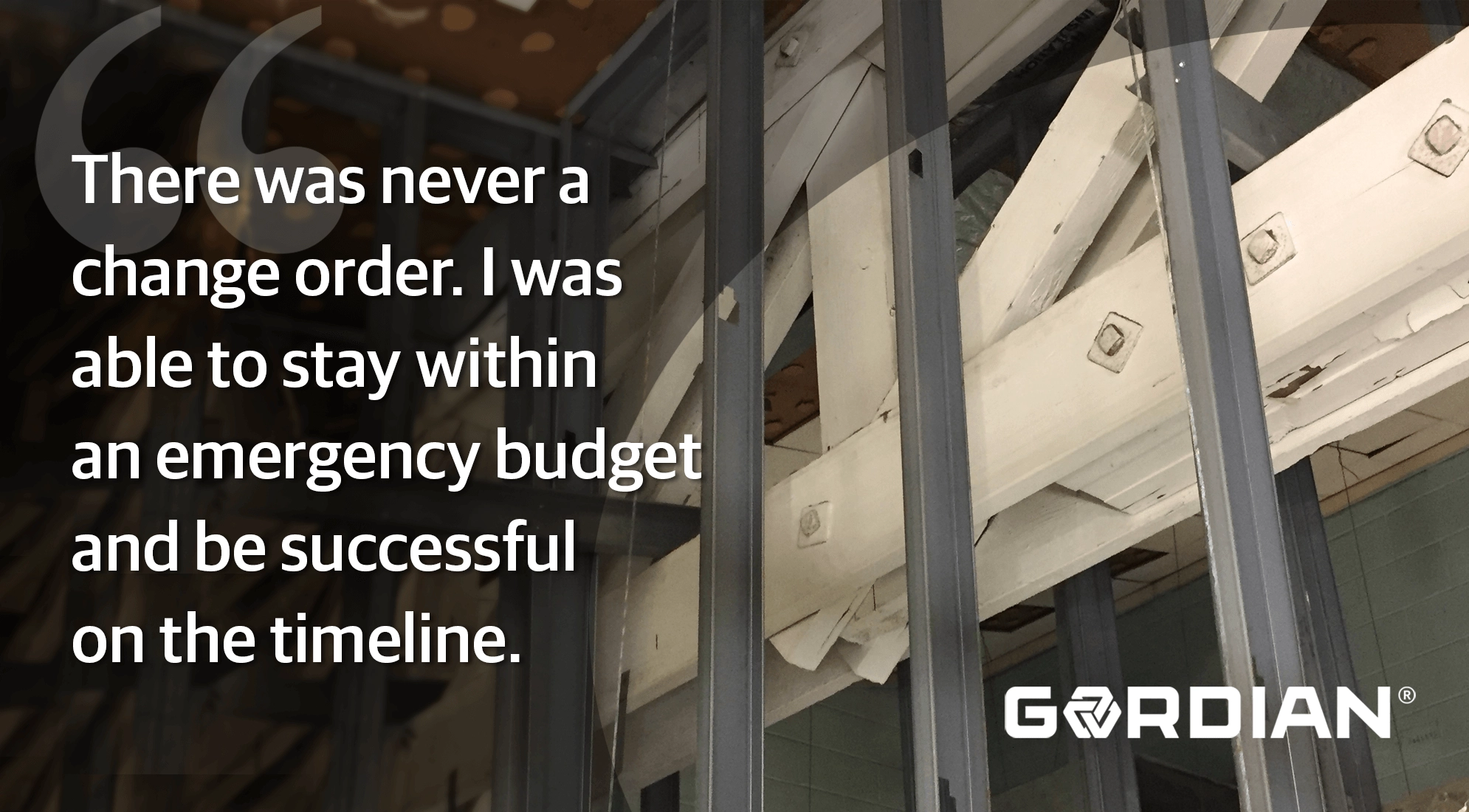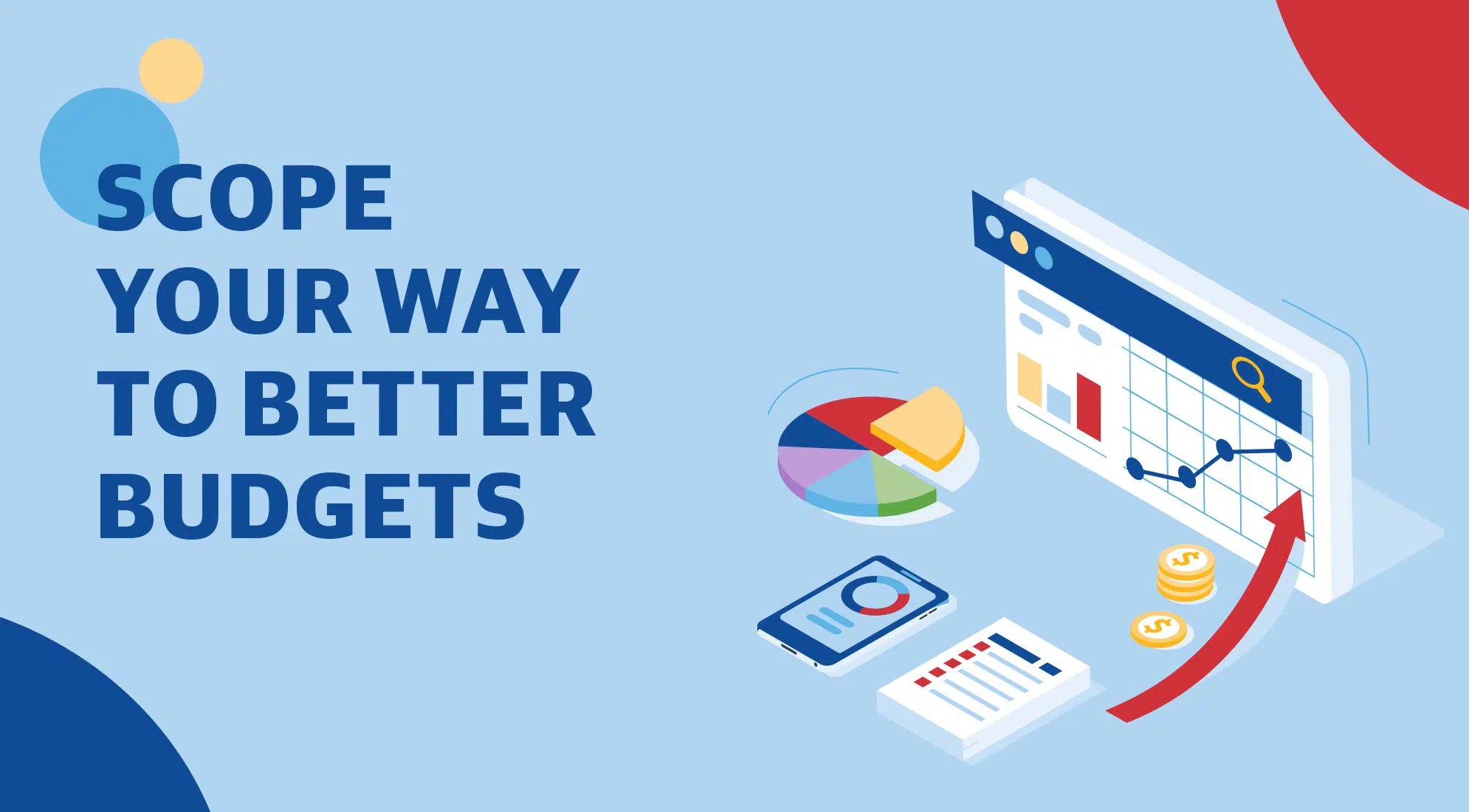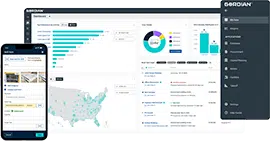Internet of Things (IoT) Trends & Insights for Construction
The Internet of Things (IoT) was first used as a phrase in 1999, eight years after the World Wide Web opened to the public. IoT is the interconnection of everyday objects, via the internet, that allows them to send and receive data. Over the last two decades, billions of physical devices all over the world have been connected to the internet, collecting and sharing data, revolutionizing our lives.
Everything is “smart”—our mobile phones, televisions, watches and even walls. You can control the temperature in your home, turn on lights, watch your doorstep and unlock your door all through connected things. The IoT impact we’ve seen in our homes and personal lives is now spreading to our offices, cities and factories. The construction industry is not known for its speed in adopting new technology, but the tide is beginning to turn and IoT is starting to crop up on job sites. The industry is well-positioned for a revolution, with software, data and technology companies leading the charge.
Construction is Full of Things
The basic premise of IoT is that there are a lot of “things” out there that generate data or information. If we can retrieve and collect the information, then we can analyze it and, in theory, make better decisions or take more effective actions as a result. You’ve seen this concept in use for consumer home devices, like your refrigerator or thermostat. But there are also a lot of things in the construction world, such as production equipment, motors, HVAC units and more that also generate data. IoT use in construction is often referred to as IIoT, or Industrial Internet of Things.
The Journey to Connectivity
J Bowen, Senior Manager of Strategic Marketing and Business Development at Fluke Corporation – Industrial Group, recently talked to us about important trends in IoT during our 2019 Construction Data Trends Webinar. Gordian and Fluke are both part of Fortive’s Field Solutions, businesses who deliver offline and connected solutions that keep critical infrastructure running smoothly.
In terms of the construction industry, the primary IoT trend is experimentation. According to J, “IoT adoption is a journey, not an overnight transformation.” As customers and building owners consider adopting more technology and connectivity, they are likely to do tests, pilot experiments and medium-sized implementations before any full-scale launch. The entirety of the IoT process could take years.
The second notable trend is in the IoT industry itself. Customers, users and providers of IoT technology are growing more sophisticated and rigorously evaluating their solutions. J explained that instead of simply collecting data for data’s sake, there has been a drastic shift to focus on problem-solving and return on investment. “Previously there was an approach to say, ‘Let’s connect everything!’ Put a sensor on everything, plug it into the internet, let’s get all the data and then I’m sure we’ll figure out how to generate value from it and solve problems. Now there is more of a recognition that IoT has to solve a people problem.”
Companies are using IoT systems and analyzing the data to generate value for other users. This realization rings true to us at Gordian when solving problems for our clients. Our VP of Data Operations and Analytics, Tim Duggan says, “Data is not enough. The data needs to be melded together with experience and construction experience. Nothing is in a vacuum, everything is connected together.”
Connectivity is King
It used to be great to be “plugged in”—in the know, in the zone, wise to the world around you. Now it’s not necessary to be literally plugged in, you just need to be online. There are two important kinds of connectivity that are crucial for IoT to function. You’ve guessed the first—a viable internet connection. 5G communication is coming and will have a big impact on IoT, especially in the construction and industrial space.
5G enables lower-power, long-distance, low-latency communication and will effectively reduce the cost of increased connections when compared to other methods like Bluetooth or WIFI. 5G won’t completely displace current protocols, but with its addition, more use-cases will become financially feasible.
The other kind of connectivity that is crucial for IoT is interoperability. There are many options for platforms, products, equipment and software that can be used throughout the building lifecycle. Interoperability is the means of these machines and tools to exchange and make use of information. So not only do the devices need to be online, they also need to have the ability to connect with each other and share data.
IoT’s Impact on the Construction Industry
Suppliers are starting to offer a wider variety of connected, or “smart,” equipment and tools. Employers are starting to make information more accessible to their teams with app-free digital communication tools. Older buildings that were long considered “dead zones” are being restructured with a special infrastructure to enable connection for employees and machines with improved cabling, WIFI and Bluetooth access points.
The convergence of IT and OT is real and is starting to change construction industry job expectations. The line between what work an IT employee does versus a maintenance or operational employee is blurring. In the future, the same person who arrives to do a mechanical and electrical installation of a unit will also connect it to the internet.
IoT can make a difference in the way facilities are built, maintained and repaired. IoT increases visibility, allowing for easier identification, prioritization and scheduling of necessary maintenance. The ability to connect building systems and equipment also includes benefits for personnel safety, damage control and security measures. The construction companies who become fluent in IoT today will be a step ahead tomorrow.






